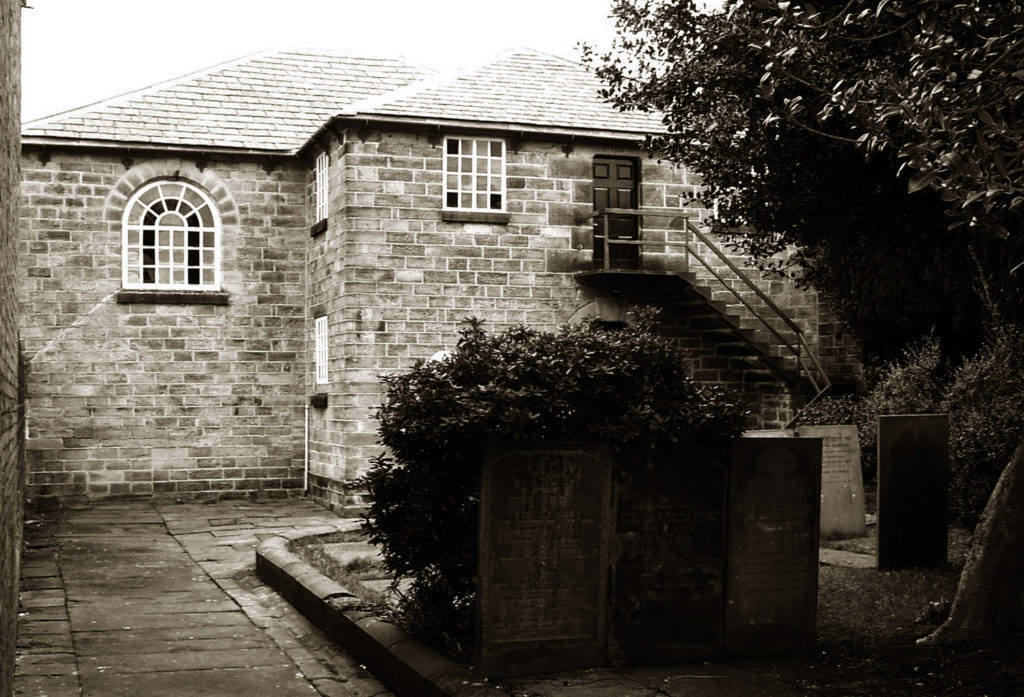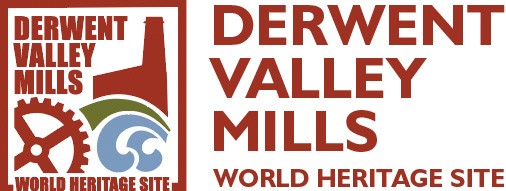b05

This is part of a heritage trail around Belper, taking in some of the key historic areas, and talking about some of the people involved in the development of the town. You can find a map of the trail, and information on where to find interpretation boards containing more details on the town and its history at www.derwentvalleymills.org/belper.
The Unitarian Chapel

In 1787/8 Jedidiah Strutt was able to acquire land to build a chapel for an independent congregation, which later became known as the Unitarian Chapel. Strutt, who built the first of Belper’s water-powered cotton mills, was a Unitarian himself. The chapel had a Sunday School and there were shallow benches provided for the scholars to attend services – they needed to be alert to stay perched on the benches. Attendance by the Strutt family’s employees was enforced – a fine could be handed out if a service was missed. The chapel was extended on each side early in the 19th century so that it is now three times its original size. An external cantilevered stone staircase gives access to a gallery inside the chapel. A minister’s cottage was built attached to the eastern wing of the chapel, with the kitchen and scullery running beneath the stepped chapel pews. Beneath the pews in the western wing is a vault, reached from a rear external door, which contains the remains of a number of members of the Strutt family. Jedidiah’s grandson, also Jedediah, chose to move his allegiance from the Unitarians to the Church of England, supporting the building of a new Anglican church, St Peter’s, in Belper from 1822.
A virtual tour of the chapel is available at https://tour.panoee.com/belper-unitarian-chapel
The Unitarian Schoolroom, Green Lane

Further south along Green Lane, on the right before King Street, is the old Unitarian Schoolroom. Built in 1721, this was originally a one-storey meetinghouse for a group of non-conformists. These were non-conformist Protestants who had dissented from the established Church and this group became the Unitarians. After the chapel was built, from 1789 the meetinghouse was used by another non-conformist group, who eventually built a Congregational Chapel further along Green Lane, opposite the Field Lane junction. John Strutt then added a storey in 1855 and converted the meetinghouse into a schoolroom for use by the Unitarians. It is now a public house.

